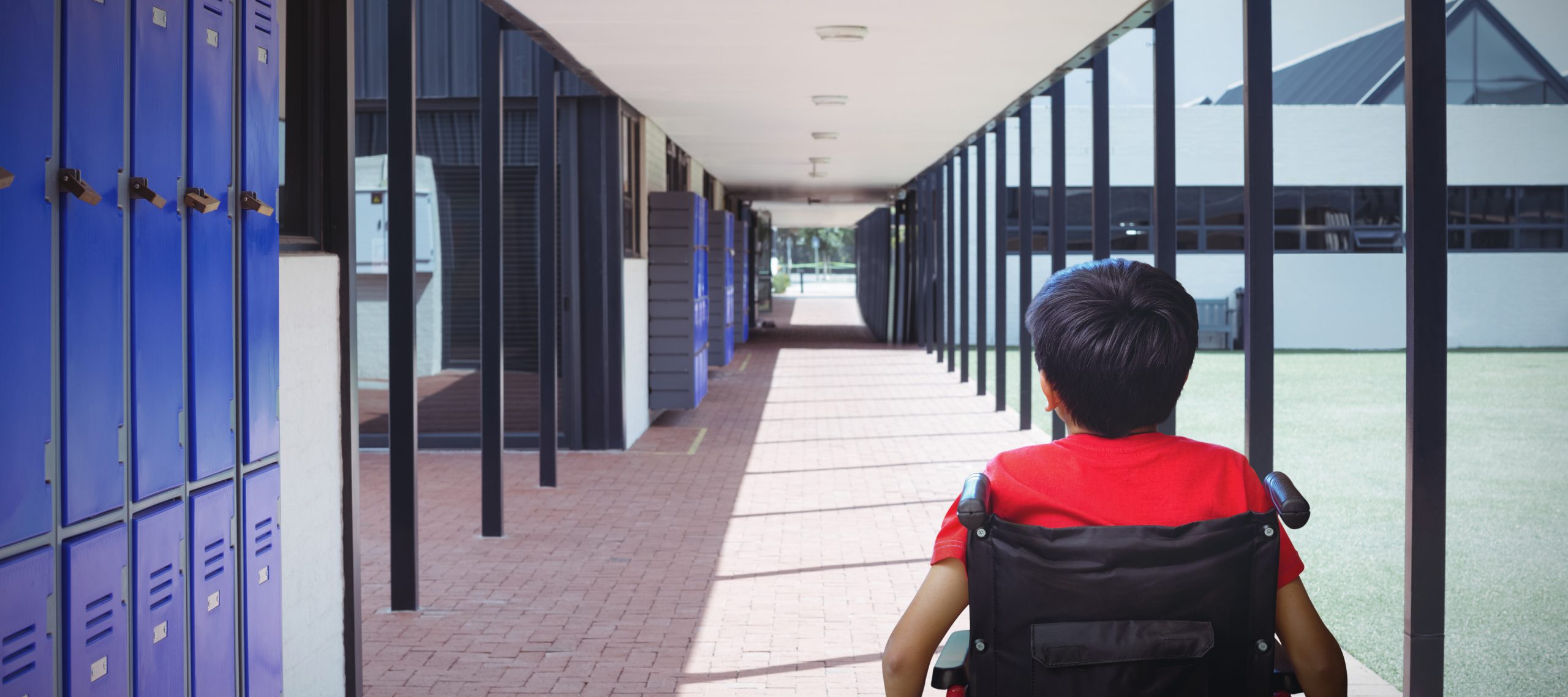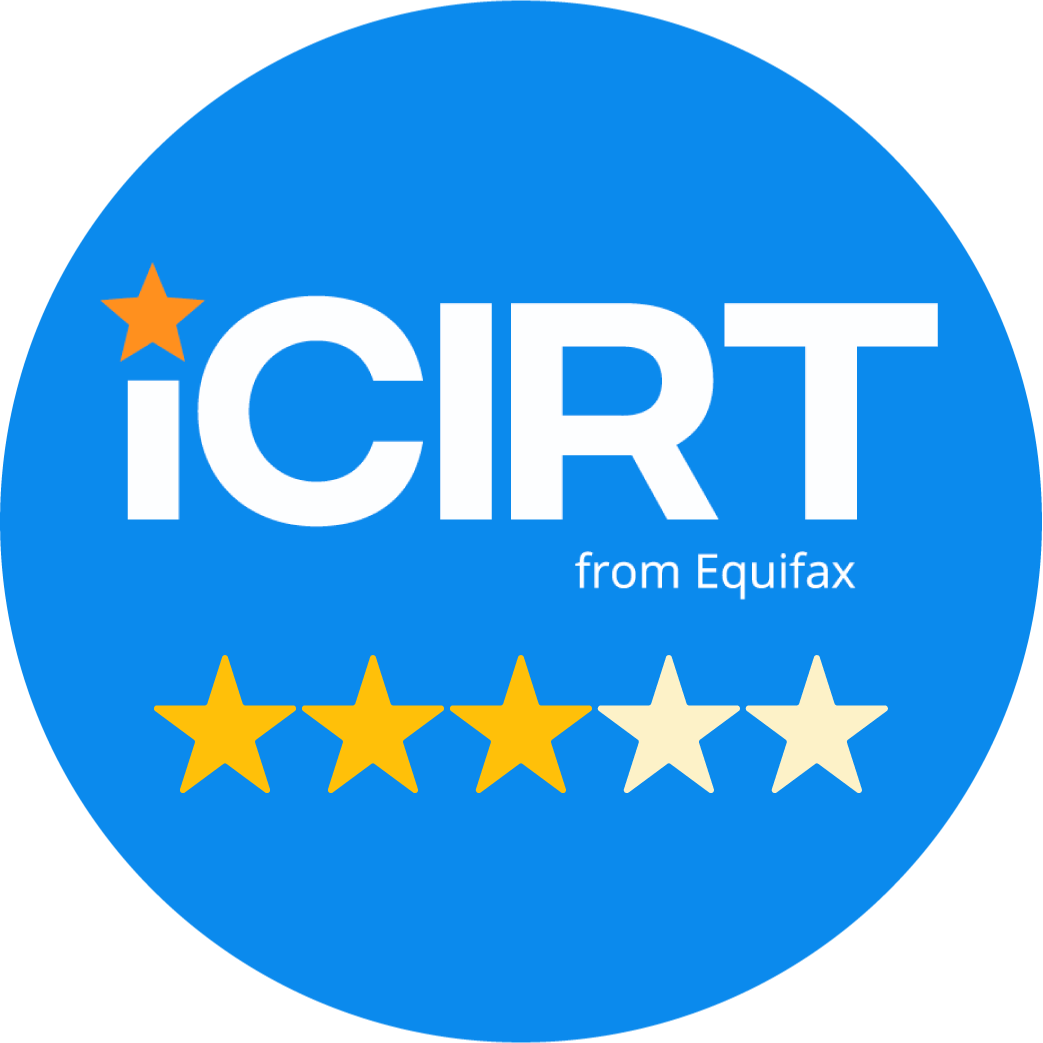

All students must be given access to participate and thrive in schools, irrespective of their abilities and needs. In NSW, there has been a particular focus in recent years on how executives can assist in supporting an inclusive education setting.
A fundamental landmark in diversity and inclusion in schools is the Disability Discrimination Act 1992, further supported by Disability Standards for Education 2005. Providing clarity on the obligations and responsibilities of education providers across NSW, the DSE endorses the notion of an inclusive setting, providing a fair opportunity for everyone, despite any disabilities which may hinder a child’s learning. Hand in hand with universal design principles, legislation and schools can achieve equitable education.
For schools, universal design does not only refer to the physical environment of a school but also adjustments and accommodations, including but not limited to the development of appropriate course content, teaching materials, resources, and pedagogies.
However, accessibility in schools does not only benefits those in need.
Benefits of Inclusion:
- Improved social competence including role models
- Better communication skills such as modelling
- More rigorous educational programs adjusted to suit personal needs
- Friendships developed in local school
Benefits for Other Students:
- Values improve such as respect, tolerance, acceptance, interaction
- Peer tutoring
- Increased funds—money buys resources
What is a disability in the context of a school setting?
According to the Commonwealth Disability Discrimination Act (1992), a learning disability is defined as “a disorder or malfunction that results in the person learning differently from a person without the disorder of malfunction”. A learning disability/difficulty may be a:
- Hearing Impairment/Deafness
- Learning Disabilities
- Mobility Disabilities
- Psychological Conditions
- Vision Impairment/Blindness
- Print Disabilities
- Medical Conditions
- Neurological Conditions
Schools can implement adjustments and accommodations to help students with a learning disability/difficulty.
| Adjustments | Accommodations | |
| Definition | Measures or actions in relation to teaching, learning, and assessing enable a student to access, participate, and work towards a different stage. | Changes to physical settings to allow students with additional needs to participate fully in the same learning environment. |
| Examples | Enlarged text, speech-to-text device, colour contrast, adjusted worksheets, curriculum adjustments, alternative multimedia, captioned videos, etc. | Elevators, fire alarms, ramps, rails, captions, yellow strips on steps, lowered sinks in toilets, widened doorways, etc. |
Access Link’s Top 5 Accessibility Requirements for Schools
We believe in designing schools to be usable, accessible and adaptable to the greatest extent possible. The concept of design-for-all is not only limited to the building itself but all aspects of the learning process. Below are our top 5 accessibility requirements for NSW schools:
- Disability Access to Premises
In the quest for an inclusive educational setting, there is no “one size fits all” solution—flexibility is required. Every school population has a range of abilities, cultures, religions, learning styles and education needs.A fundamental of universal design principles, a school environment must be designed to welcome all with unrestricted access—students, staff, families and visitors alike. Therefore, all schools must be designed to:
– Create a safe and accessible environment.
– Consider access for ALL stakeholders to participate in education.
– Design the physical environment with all needs in mind.
– Design rules and routines with student needs in mind.Modifications to school environments can include accessways, ramps, accessible toilets, adjustable lighting, furniture, doorways and doors, and more.
- Adjustments to Teaching and Learning: inclusive classroom practices:
Excellent pedagogy is required to ensure we adjust our learning environments accordingly. Addressing the needs of students with learning difficulties, language disorders, mild-intellectual difficulties, behaviour, and physical disabilities is crucial. The K-10 Curriculum encourages modifications to programs and teaching so that all can achieve outcomes—studying the same topic but with different learning outcomes and expectations for other ability groups.Adjustments to teaching and learning are incredibly vast. However, here is a short list of how modifications can help learning goals:
– Presentation: rate, explicit, redundancy, etc.
– Environment: seating, noise, visuals, clueing, etc.
– Response: visuals, oral instead of written, clueing, cueing, think time, delaying, scaffolding, etc.
– Vocabulary: explicit and systematic instruction, omission of technical text, explicit teaching, etc.
– Strategies: games, scaffolds, memory supports, etc.
– Adjusted Materials: Individual Education Plan, handouts, clear formatting, readable text, modelled reading, audiovisual supports, larger print, etc.
– Assessment: oral tests, extra time, extended due dates, individual rooms, adaptive technology, interpreters, etc. - Accessible content
Web and digital accessibility can ensure equal access to online information. Although schools are not required to follow WCAG 2.1 guidelines, having a responsive online presence can improve the user experience for all stakeholders.Simple measures include:
– Adding Alt Text to every image
– Subtitles for all videos
– A clear, easy-to-read page structure
– Legible font colour and size
– Well-designed buttons - Assistive technology
Staff require adequate training and resources to facilitate inclusion. This includes access to Assistive Technology.
Low tech Mid tech High tech - Specialised pens
- Coloured paper
- Highlighters
- Post-it notes
- Labels
- Tape recorder
- Calculator
- Spell check
- Audio books
- Switch operated appliances
- Alternative keyboards
- Text readers
- Communication devices
Assistive technology may be defined as “technology for students with special needs which includes any item, piece of equipment, or product system, whether acquired commercially off the shelf, modified, or customised, that is used to increase, maintain, or improve functional capabilities of individuals with disabilities.
Benefits of assistive technology include:
– Levels the playing field—everyone has an opportunity to successfully achieve learning outcomes
– Adequate access to learning opportunities
– Improved academic skills, self-esteem and peer relationships
– Allows students to work at their own pace
– Provides immediate feedback
– Can help motivate students
- Community involvement and good collaboration
Joint cooperation between principal, colleagues, support staff, parents and students to meet a shared goal can increase the success of fulfilling learning outcomes. Collaboration in the school environment refers to communication between teachers, students, families, carers, staff and all other relevant stakeholders. When effective collaboration happens, so too does a successful inclusion program. When school personnel and families remain silent about their needs in promoting inclusion, such as an Individual Education Plan (IEP), the student suffers, and accessibility to learning is jeopardised. For a student with needs, collaboration poses many benefits, such as:
– Consistency across schooling
– Better, intentional planning
– Increased access to facilities and resources
– Better outcomesThere are two main types of collaboration that help with inclusive learning. They include communication with:
– Support staff: supporting teaching and learning; assessing for learning (i.e. gathering evidence of what is working and what is not); community liaison; planning and reviewing practices; preparation of specific activities based on particular insights; and attendant care (feeding, toileting, dressing etc.).
– Parents: decision-makers; a child’s ‘first teacher’; advocates for inclusive education for their child.
Access Link Consulting is all about creating opportunities for learners. Schools must be unrestricted so that learning can be unrestricted, true abilities can shine, and talents can be accelerated.
We provide industry-leading advice on how to adequately promote inclusive design in school settings and help assist students in achieving better outcomes.
Let’s contribute to a more inclusive learning world in Australia—together.









